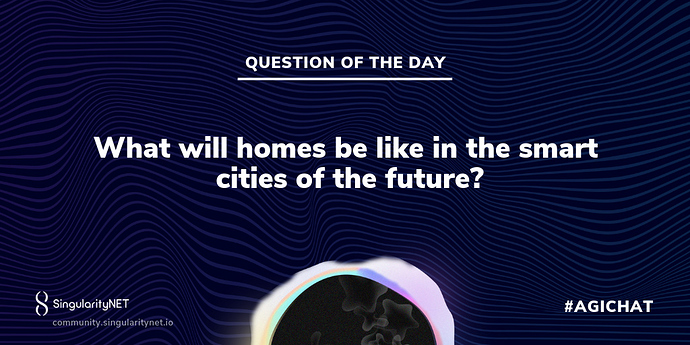Home, it’s where the heart is. There’s no place like it.
With the rise of self-employment across the world, and so the home of today is increasingly a place of both work and leisure, this is a trend which could be set to explode in future.
Through the use of innovative technology, homeowners are able to turn their homes into state-of-the-art machines that can be manipulated and monitored from anywhere in the world.
The smart homes of today can be monitored and controlled from any mobile phone. Homeowners can message from their phones to activate the various appliances around the house such as heating or turn on the lights, and view the home through the internal cameras.
There are set to be almost 300 million smart homes installed around the world by 2022, according to a new report from ABI Research, and therefore smart home devices and services will play an increasingly important part in designing smart cities.
Homes will include integrated technologies such as personal assistance in the coming years. What’s more, there will be smart screens capable of making video calls throughout their homes too.
In the next ten years, environmental issues will become ever increasingly important issues when dealing with the places we live. Perhaps unsurprisingly then given the rise of technology, electricity networks will struggle to keep up with energy demands by 2029.
This upward demand for energy will lead to a rise in sustainable solutions. Homes will be made mostly of sustainable materials such as integrated solar panels, weather resistant technologies and new sustainable building materials.
Our Smart city future then it appears is modular in design started with Smart homes which lead to living within smart communities. a miniature version of a Smart City, but with the flexibility and personal impact of a Smart House, together these smart communities come together to create the vision of a Smart City.
WithIoT sensors that monitor utility usage and comparing readings with that of the overall community will allow a greater ability to manage resources.
These are just a few of the many possible examples of how smart homes can operate more efficiently and provide the best living environment. let’s discuss other possible ways in today’s #AGICHAT What will homes be like in the Smart Cities of the future?
#AGICHAT #futurism #artificialintelligence #debate singularitynet #emergingtechnologies #futureofcities #decentralisation #dao #smartcities #SmartHomes #Homeofthefuture





 or is it the other way round?
or is it the other way round?